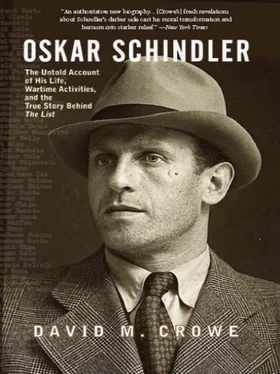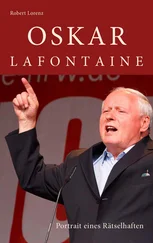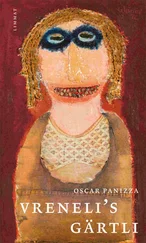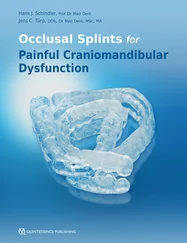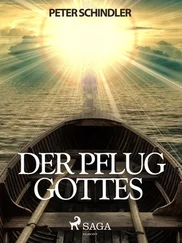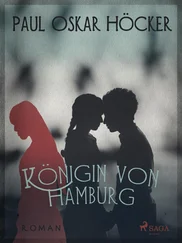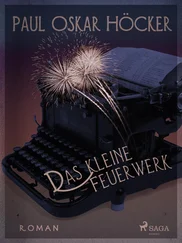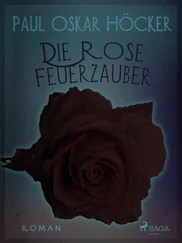Hitler’s determination to invade Czechoslovakia created a dangerous international crisis in the late summer and early fall of 1938. It also caused an uproar in the Wehrmacht, where army leaders raised serious questions about Germany’s ability to fight a war in Europe, particularly if Czechoslovakia’s allies decided to fight to stop Hitler’s aggression. Two days before Oskar Schindler’s arrest, General Ludwig Beck, the army Chief of Staff, sent General Walther von Brauchitsch, the army’s commander in chief, a memorandum arguing that an attack on Czechoslovakia would bring England and France into a war that would “be a general catastrophe for Germany, not only a military defeat.” Unfortunately, although some top generals, including Canaris, agreed with Beck, they were not willing to openly challenge Hitler because of the impact such a move would have on their careers and their sense of soldierly duty to the state. When Hitler finally learned of the generals’ concerns, he flew into a rage. On August 15, he told them that he was determined to crush Czechoslovakia in early fall. Three days later, von Brauchitsch accepted Beck’s resignation as Chief of Staff. He was replaced by Franz Halder, who would become the central figure in coup discussions that included several prominent Abwehr officers. 119
The Führer’s hunch that Britain and France were unwilling to go to war over Czechoslovakia strengthened his determination to attack Czechoslovakia in the early fall of 1938. For months, London and Paris pursued a policy that tried to pressure the Beneš government to make concessions to Henlein while trying to keep the SdP leader from becoming too aggressive in summer-long talks with Prague. But when Beneš finally did, it shocked the SdP leadership, who now looked for an excuse to derail further discussions. 120
In the midst of the crisis, the Beneš government was determined to defend Czechoslovak independence at all costs. Schindler’s arrest was part of a Czechoslovak effort to do everything possible to thwart Germany’s efforts to compromise the country’s defenses. Czech authorities took Schindler’s espionage seriously. The Czechs continued to arrest suspected spies and arms smugglers throughout September and declared martial law in parts of Bohemia after spontaneous antigovernment demonstrations broke out on September 12 and 13. Prague extended martial law throughout Bohemia and Moravia several days later and outlawed the SdP. 121
At the same time, Neville Chamberlain informed Hitler that he was willing to fly to Germany immediately “to find a peaceful solution” to the Sudeten crisis. The Führer agreed to meet with the British prime minister in Obersalzberg in two days. In the interim, Henlein advised Hitler to demand the immediate “cession of regions with more than 50 percent German population,” which the Wehrmacht would occupy within twenty-four hours.” Hitler liked this idea and used it as his core demand when he met Chamberlain on September 15. Two days later, Britain and France acceded to Hitler’s wishes and so informed President Beneš. 122
The fate of Czechoslovakia and the Sudetenland now rested in the hands of Adolf Hitler. Yet Hitler was not appeased; he wanted all of Czechoslovakia and seemed willing to risk full-scale war to get it. His willingness to risk German defeat to achieve his goals had caused deep consternation in Wehrmacht circles for some time and triggered talk of a coup in the highest echelons of the Wehrmacht. At its center were several Abwehr officers who planned to kidnap and assassinate Adolf Hitler after he gave the order to invade Czechoslovakia in late September. Hitler’s decision to accept a brokered settlement in Munich on September 29 ended this spate of coup discussions. 123
At the center of the plot to assassinate Hitler was Canaris’s deputy, Oberst (later Generalleutnant ) Hans Oster. Though Canaris remained dutiful to Hitler, he “permitted individual officers to conspire against the regime.” According to Klemens von Klemperer, “under Canaris the Abwehr became ‘not only a nest of spies but also a nest of conspirators.’” In many ways, Oster was like Schindler, “dapper, elegant, agile, outgoing and unafraid and, if anything, singularly lacking caution.” Over time, one of the people drawn into this broader circle of Abwehr contacts was Oskar Schindler. These ties would be important to him during the war. Without them, he would never have been able to save the large number of Jews that he did. His continual interaction with anti-Hitler Abwehr officers also served to fortify his own misgivings about Hitler and the Nazi regime, though they would not blossom until later in the war. 124
Before Hitler decided to settle the Sudeten crisis at the end of September, Henlein formed, with Hitler’s approval, the Sudeten German Free Corps (FK; Sudetendeutscher Freikorps ), which began raids along the German-Czechoslovak border. The Führer wanted to orchestrate a series of incidents that would give him an excuse to invade Czechoslovakia. Canaris supplied Henlein’s units with some of the intelligence information that Schindler and other Abwehr agents had gathered during the summer. Abwehr also supplied the FK with arms and money. 125
On September 28, representatives from Germany, Britain, France, and Italy met in Munich to resolve the Sudeten crisis. Over the next thirty-six hours, Chamberlain, Mussolini, and France’s prime minister, Edouard Daladier, dismembered Czechoslovakia without consulting the Prague government. The result was the Munich Agreement of September 29, 1938. According to its terms, the Wehrmacht would begin to occupy Czech territories where over 50 percent of the population was German between October 1 and 10. Population transfers would take six months. Britain and France agreed to guarantee Czechoslovakia’s new frontiers. Italy and Germany would not do so until Prague had worked out the problems of the country’s Polish and Hungarian minorities. Section 8 stipulated that within four weeks the Czechoslovak government would release Sudeten Germans who no longer wanted to serve in the armed forces or the police. During this same time frame, Prague was to release “Sudeten German prisoners who [were] serving terms of imprisonment for political offenses.” Within a week, Oskar Schindler was out of prison and back in Svitavy. 126
His imprisonment ended a frightening time for him; yet it also gave him opportunities as Abwehr began to prepare for Hitler’s takeover of the rest of Czechoslovakia and, later, Poland. His imprisonment also brought him rewards, a promotion, and important credibility as a German’s German. He had made the next to ultimate sacrifice for the Führer. For the most part, though, this had more to do with Schindler’s greed than a fanatical sense of German nationalism. Oskar was too selfish for that. He was too egocentric to care deeply for anything or anyone other than himself and his own pleasures. Yet he was smart enough to realize that he could parlay his recent heroism into something more exciting than espionage and, when war came, military service. Consequently, he learned to play whatever role was necessary at a given moment to further his own selfish interests. In time, these skills would enhance Schindler’s efforts to save his Jewish workers. But first he had to find his own moral center, and that would be difficult in the Nazi German world that he was about to enter.
O SKAR SCHINDLER RETURNED TO SVITAVY IN EARLY OCTOBER1938 as a hero. After the war, several of his acquaintances told Czechoslovak investigators that Hitler had rewarded him with an automobile and other valuables. In the opening of his historical novel Schindler’s List, Thomas Keneally wrote that Oskar wore “a large ornamental gold-on-black enamel Hakenkreuz (swastika).” Steven Spielberg made great visual use of this Nazi badge in his film Schindler’s List. By using this important Nazi symbol, both artists were trying to imply that Oskar Schindler was a highly decorated Nazi Party member who later used this honor to help save “his Jews.” Yet which badge, if any, did he wear? Was it the standard party badge with the black swastika on a white background circled in red with Nationalsozialistische-D.A.P. ( Deutsche Arbeiterpartei ; German Workers’ Party) in gold lettering, or was it one of the two forms of the distinctive Golden Party Badge (Goldenes Parteiabzeichen) and the Golden Honor Award of the NSDAP (Goldenes Ehrenzeichen der NSDAP) ? Though none of the scores of survivors interviewed for this book remembers a Nazi badge on Oskar’s coat lapels, one Jewish survivor who knew Schindler during the war and later accused him of mistreatment claimed that Oskar always wore the Blood Order (Blutorden) medal, Nazism’s highest award. It is doubtful that Oskar received the Blood Order; this honor was reserved for the 2,000 Nazi “Old Fighters” who took part in Adolf Hitler’s abortive Beer Hall Putsch on November 9, 1923. Over the years, the Blood Order was also given to other Nazi heroes, particularly if they had served long prison terms or had been injured for the cause. The Golden Party Badge was Nazism’s next highest honor, though it had two forms. The standard, individually numbered Golden Party Badge was initially reserved for the party’s first 100,000 members, though later it was also given to party favorites or heroes. The Golden Party Badge bore a distinctive gold cluster surrounding the traditional party badge. According to John Weitz, who used Spielberg’s image of Oskar as an example of the power of this award, the wearer of the Golden Party Badge could expect special treatment at theaters and restaurants. 1
Читать дальше
